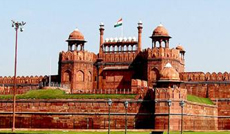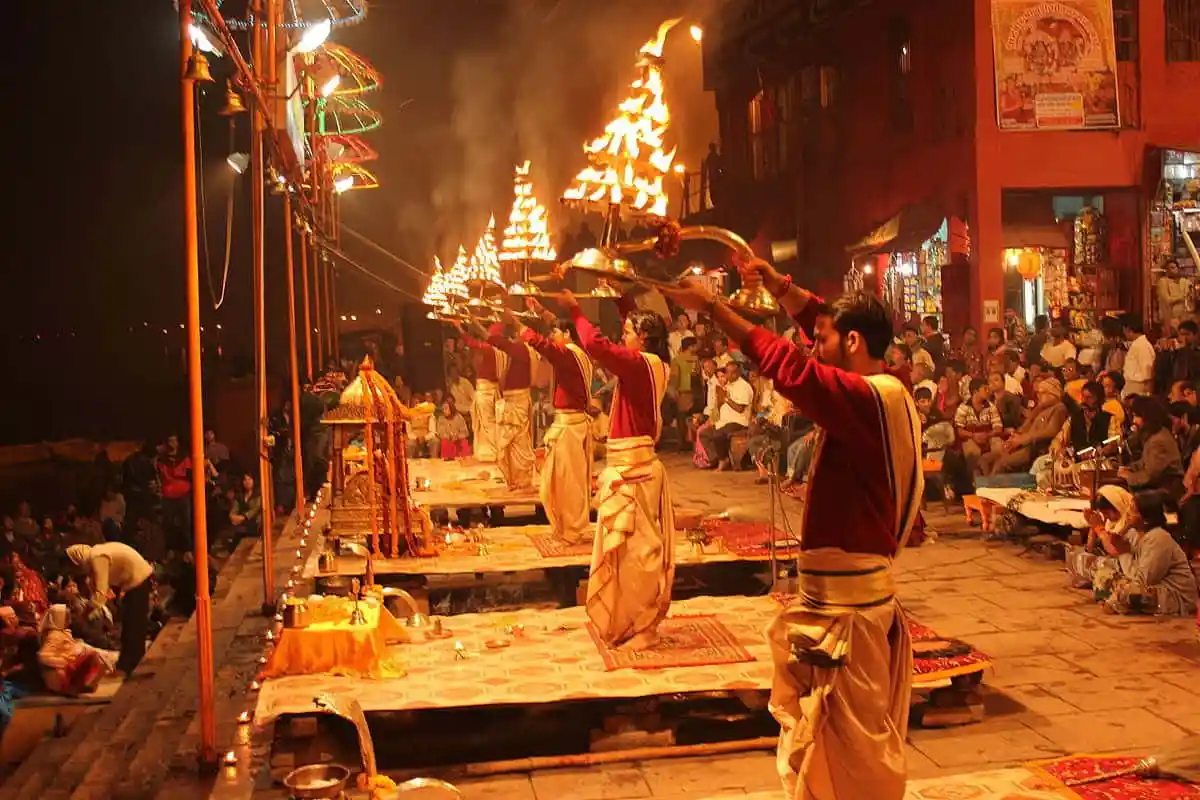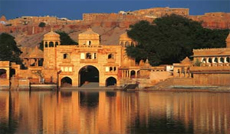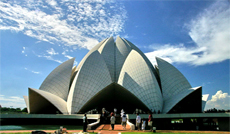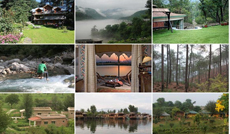The temples of Khajuraho are India's unique gift to the world,
representing a paean to life, love, and joy, perfect in
execution and sublime in expression. Life in every form and mood
has been captured in stone, testifying not only to the
craftsman's artistry but also to the extraordinary vision of the
Chandela Rajputs under whose rule the temples were conceived and
constructed.
The world-renowned temple town of Khajuraho, in Madhya Pradesh,
is designated by UNESCO as a World Heritage Site for its
archaeological and historical monuments. The temples were built
between 950-1050 AD, and of the original 85 temples, 22 survive
today, constituting one of the world's great artistic wonders.
History & Legends
The Chandelas claimed descent from the moon. According to
legend, Hemwati, the young daughter of a Brahmin priest, was
seduced by the moon-god, giving birth to Chandravarman, the
founder of the Chandela dynasty. Raised in the forest by his
mother, Chandravarman, once established as ruler, was instructed
in a dream by his mother to build temples revealing human
passions, highlighting the emptiness of desire. The Chandelas
may also have been followers of the Tantric cult, viewing
earthly gratification as a step toward liberation.
Khajuraho, then a small village, was chosen as the site for this
grand complex, conceived as a seat of religion and learning,
bringing together many sects. Over time, the temples lay
forgotten, hidden by forests, and were rediscovered, restored,
and cleaned in modern times.
Architecture
Architecturally unique, the temples differ from the typical
temple prototypes of their period. Each stands on a high masonry
platform with a vertical emphasis, creating grace and lightness.
Chief compartments include the entrance (ardha-mandapa),
assembly hall (mandapa), and sanctum (garbha griha), with
additional structures in more developed temples. Roofs are
arranged so that the highest is central, mimicking the peaks of
the Himalayas, the abode of the gods.
How to Reach
By Air
Regular services link Khajuraho with Delhi, Agra, and Varanasi.
By Rail
The nearest railheads are Harpalpur (94 km) and Mahoba (61 km).
Jhansi (172 km) is convenient for travelers from Delhi and
Madras; Satna (117 km), on the Mumbai-Allahabad line, serves
visitors from Mumbai, Kolkata, and Varanasi.
By Road
Khajuraho is connected by regular buses with Satna, Harpalpur,
Jhansi, and Mahoba.
Best Season
July to March
Places to See
Eastern Group of Temples
Adinath Temple is dedicated to the Jain saint Adinath, lavishly
embellished with sculpted figures including yakshis. Hindu
temples of the group include Brahma (housing a four-faced
lingam), Vamana (adorned with apsara carvings), and Javari, with
a richly-carved gateway and exterior sculptures.
Western Group of Temples
The Western group is the best known, featuring the largest and
most typical Khajuraho temple: Kandariya Mahadev.
Southern Group of Temples
Dulah Deo Temple, also called Kunwar Math, is the finest temple
in the southern group. Measuring 21 m by 12 m, it features the
ardha-mandapa, mandapa, maha mandapa, antarala, and garbha griha
with no circumambulatory passage. It is renowned for its
exquisite sculptures, especially the Shalbhanjika.




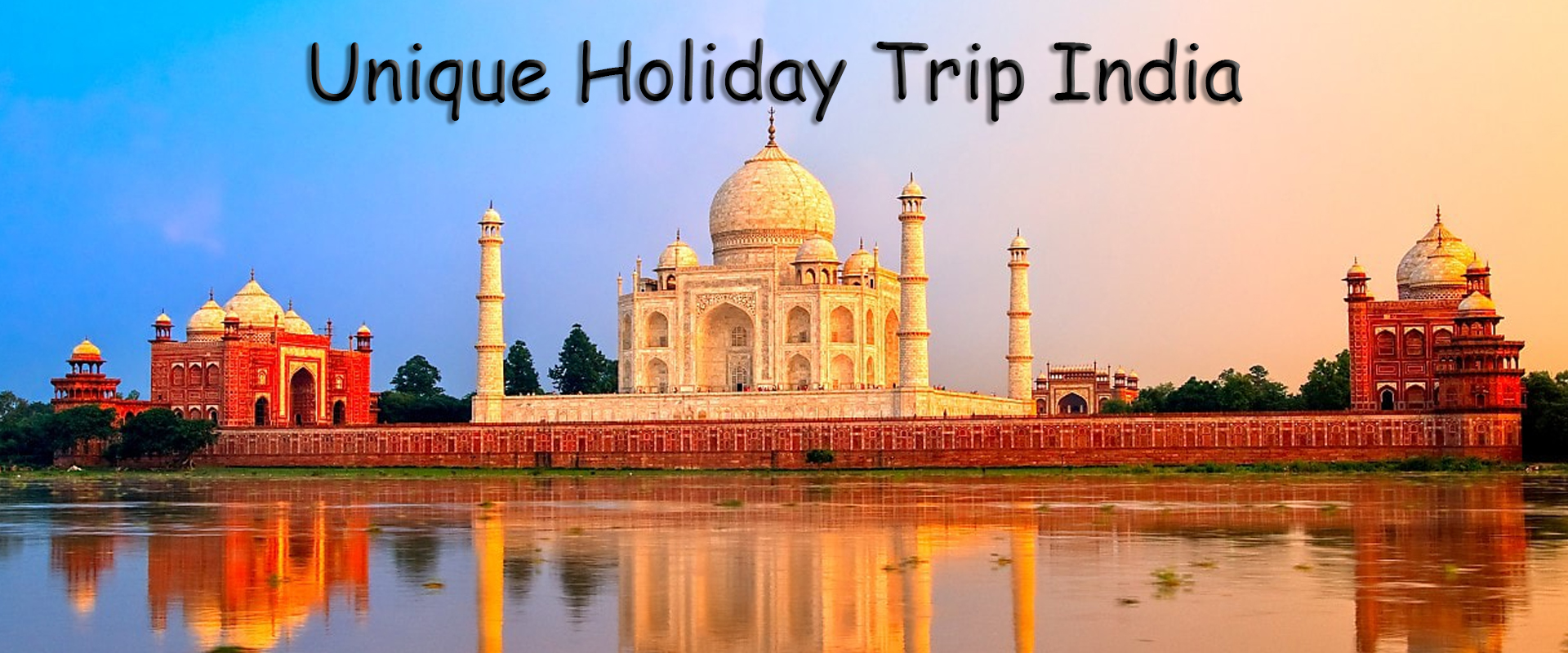





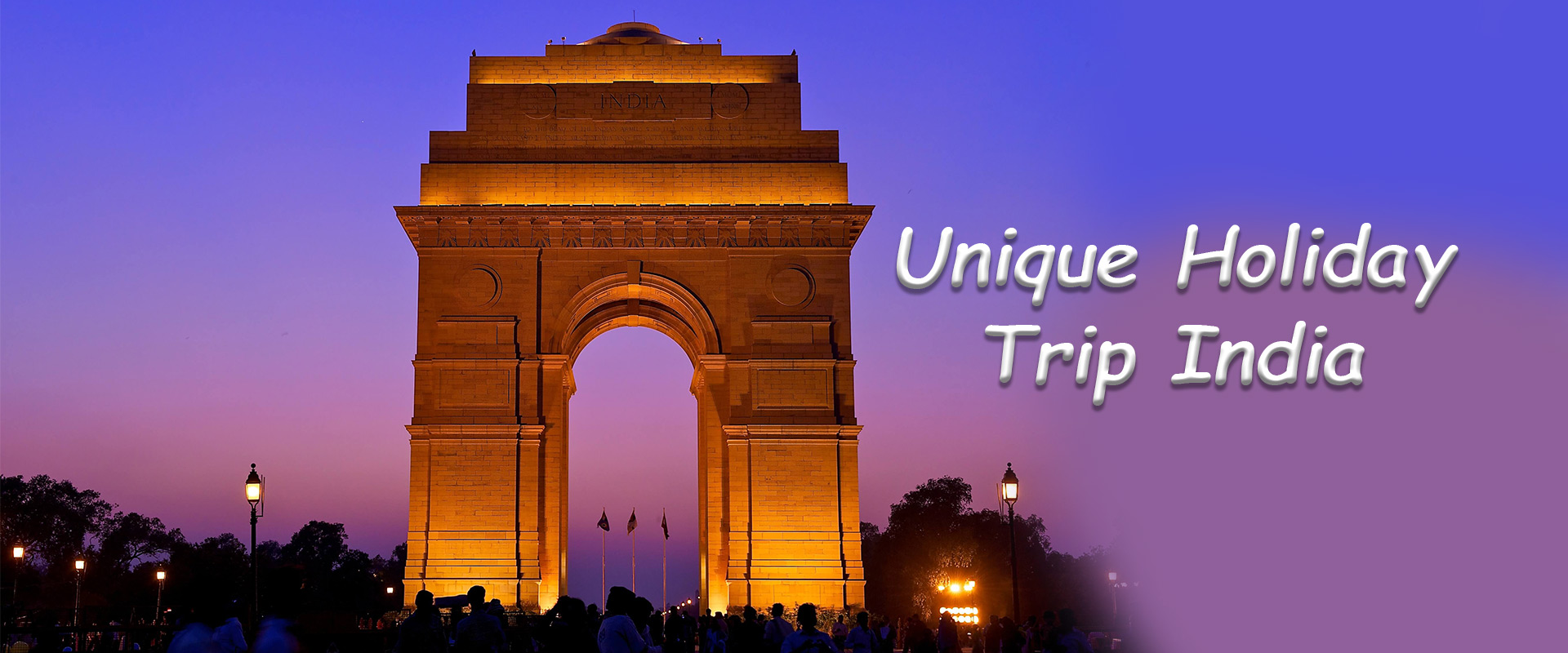
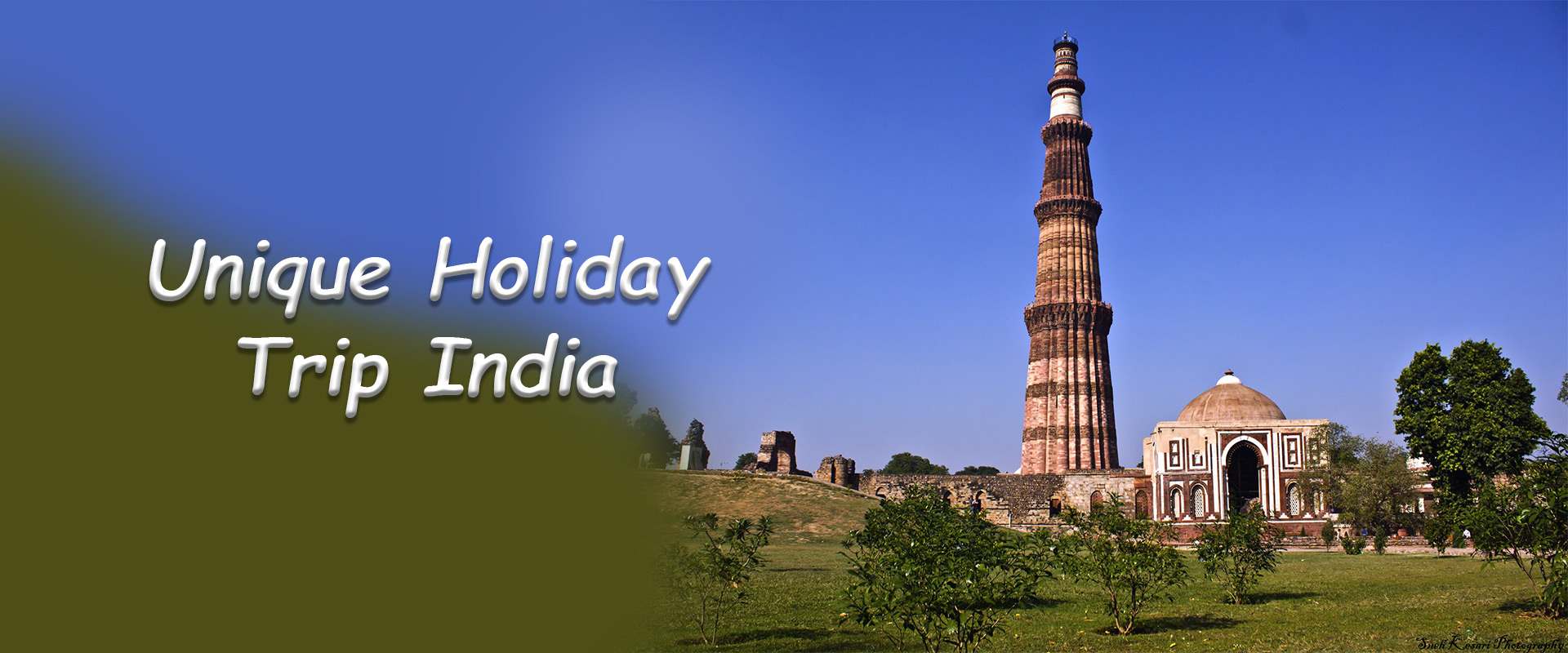

.jpg)




.jpg)



